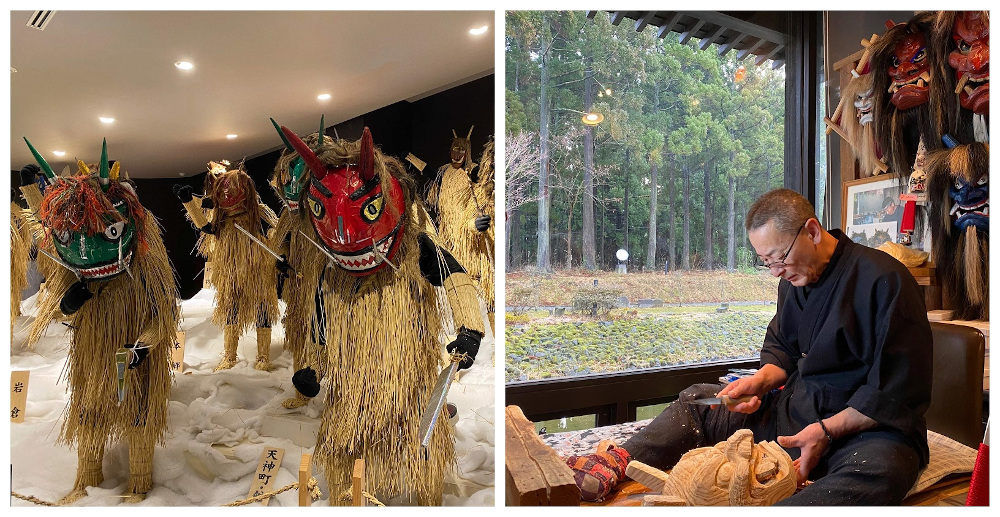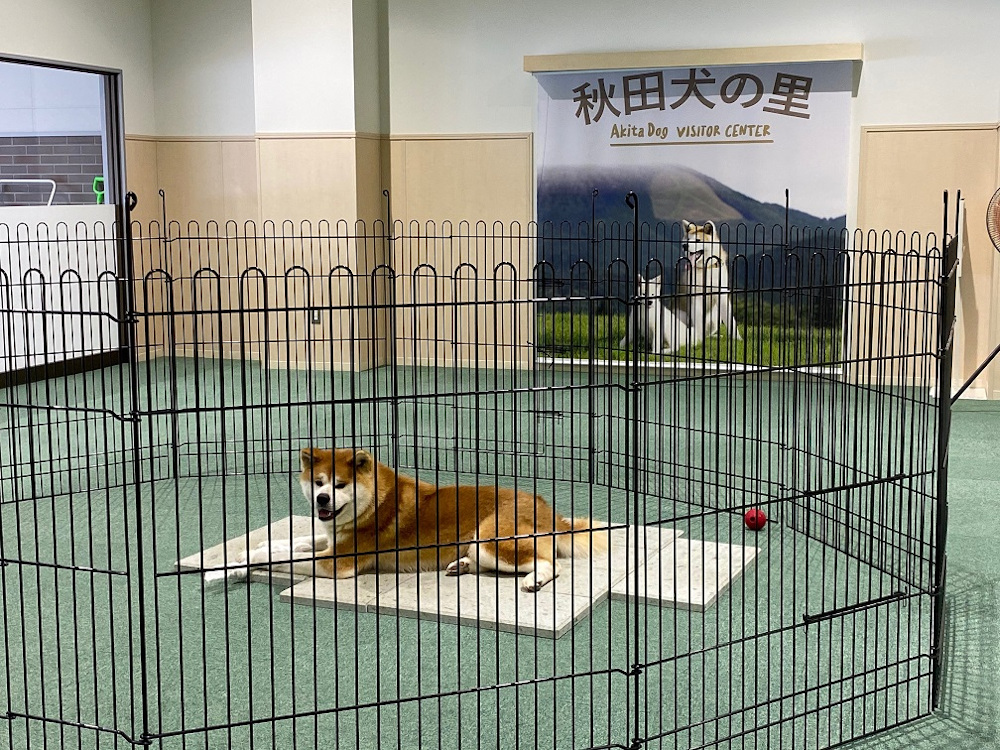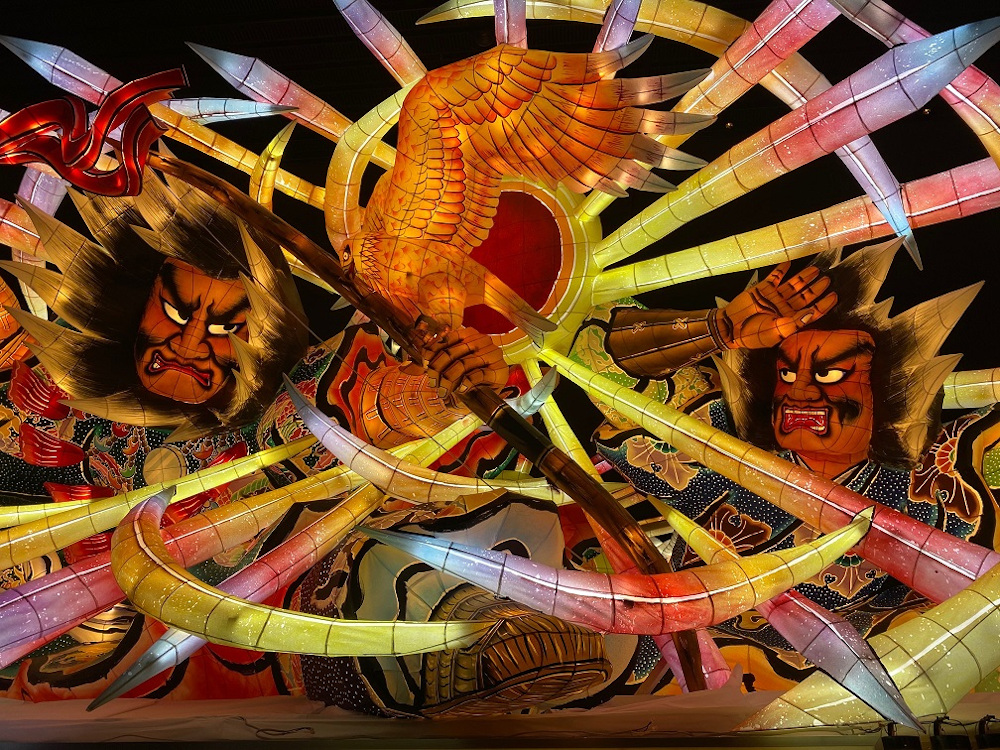KUALA LUMPUR, Feb 14 — If you’re craving to see a different side of Japan, one that is unspoiled by international tourists, the Tohoku region in Japan is known for its dramatic landscapes, high quality-rice and a laid back destination begging to be explored.
Tucked in the north of Honshu Island, Tohoku is made up of six prefectures: Miyagi, Yamagata, Iwate, Akita, Aomori and Fukushima, each with plenty of sights, attractions and gastronomic delights to offer.
Malay Mail recently discovered the relatively unknown region and its rich historical and cultural offerings on a recent trip organised by the Japan National Tourism Organisation (JNTO).
Whether it’s a Unesco heritage site or an entire market dedicated to one fruit, this charming region deserves a place on your Japan bucket list.

Chuson-ji Temple and Konjikido Golden Hall
Lined with 300-year-old cedar and cypress trees, the beautifully serene Chuson-ji Buddhist temple is in the town of Hiraizumi in Iwate Prefecture.
Built in 1124 by the samurai Fujiwara Kiyohira to bring peace to the region, the temple was declared a Unesco World Heritage Site in 2011 and is also home to the opulent Konjikido Golden Hall.
The only hall in the world that is covered entirely in gold is considered the pinnacle of craftsmanship, adorned with 4,000 gold sheets, 27,000 pieces of mother of pearl, red sandalwood from South-east Asia and ivory from African elephants.
Tip: Stop by Basyokan for lunch, a well-known soba eatery just 10 minutes away by car where hungry diners can slurp as many as 36 tiny bowls of the popular buckwheat noodles.

Namahage & Oga Shinzan Folklore Museum
One of the most interesting folk traditions you’ll discover in the Oga Peninsula is the demon-like ogre and known as Namahage.
The important cultural event which takes place on New Year’s Eve sees men dressing up as these masked deities where they go door-to-door reprimanding lazy wives and badly behaved children.
The Oga no Namahage was registered as a Unesco Intangible Cultural Heritage but the tradition is one that many young men have shunned in favour of city life, leaving it up to male elders to carry the torch.
Learn all about this rich tradition at the Namahage Museum which houses more than 110 types of Namahage and 150 different types of masks from across Oga.
For an immersive experience, the adjoining Oga Shinzan Folklore Museum reenacts a Namahage home visit.
Tip: Stay at Akita Castle Hotel which is located an hour away from Oga by car — the drive takes you along the Sea of Japan’s coastline that is dotted with modern wind turbines and traditional rice fields next to the ocean.

Akita Dog Museum
Shibuya may have the iconic Hachiko statue — the dog that waited faithfully for its owner even after he died — but way up north in Akita where this beloved breed originates from, an entire museum is dedicated to this loyal pooch.
Traditionally used for hunting, the Akita dog is known for its loyalty to its master, a virtue that deeply resonates with Japanese people.
Tip: Don’t leave Akita Prefecture without trying Hinai chicken oyakodon, made with a special protected breed of chicken and eggs at Akita Hinaiya Odate Honten, a traditional restaurant located at 21 Omachi in Odate.

Nebuta Museum Warasse
Dramatic, colourful and bursting with culture, this museum highlights Aomori’s famous Nebuta Matsuri festival.
The museum not only gives visitors a glimpse of the vibrant tradition and history but the painstakingly crafted giant Nebuta floats from the previous year’s festival are proudly displayed.
Visitors can also learn about the craftsmen behind these floats which takes over three months and 20 artists to complete, requiring a whopping 800 bulbs to light up.
Tip: The Aomori Nebuta Matsuri festival this year takes place from August 2 until August 7.

A-Factory
One of the first things travellers will notice in Japan is that each prefecture has a signature produce.
Aomori is known for its apples — the prefecture produces half the country’s supply of apples — and the humble fruit is celebrated with immense pride.
The A-Factory duty-free market, located across the Nebuta Warasse Museum, sells all sorts of apple products imaginable from apple chips to apple cider made in the market.
Tip: Just a five-minute walk away is the Furukawa Fish Market (Aomori Gyosai Centre) where some of the freshest seafood awaits foodies — make your own Nokkedon rice bowl by purchasing coupons that allow you to buy any seafood of your choice to fill your bowl.
Getting to Tohoku:
AirAsia flies into Tokyo Narita Airport four times a week from Kuala Lumpur where passengers can pre-book meals, purchase baggage allowance and select seats in advance for greater savings.
Those travelling with ski equipment during winter may refer here for more information.
From Tokyo Narita Airport Terminal 2, take the Narita express train to Tokyo Station.
From here, get on the Shinkansen bullet train North Transfer to Sendai, the largest city in Tohoku and the capital city of Miyagi Prefecture.
The two-hour ride goes by fast with large comfortable seats, snacks on board and immaculately clean restrooms.
Visit JNTO to find out more about Tohoku or Japan in general.






















